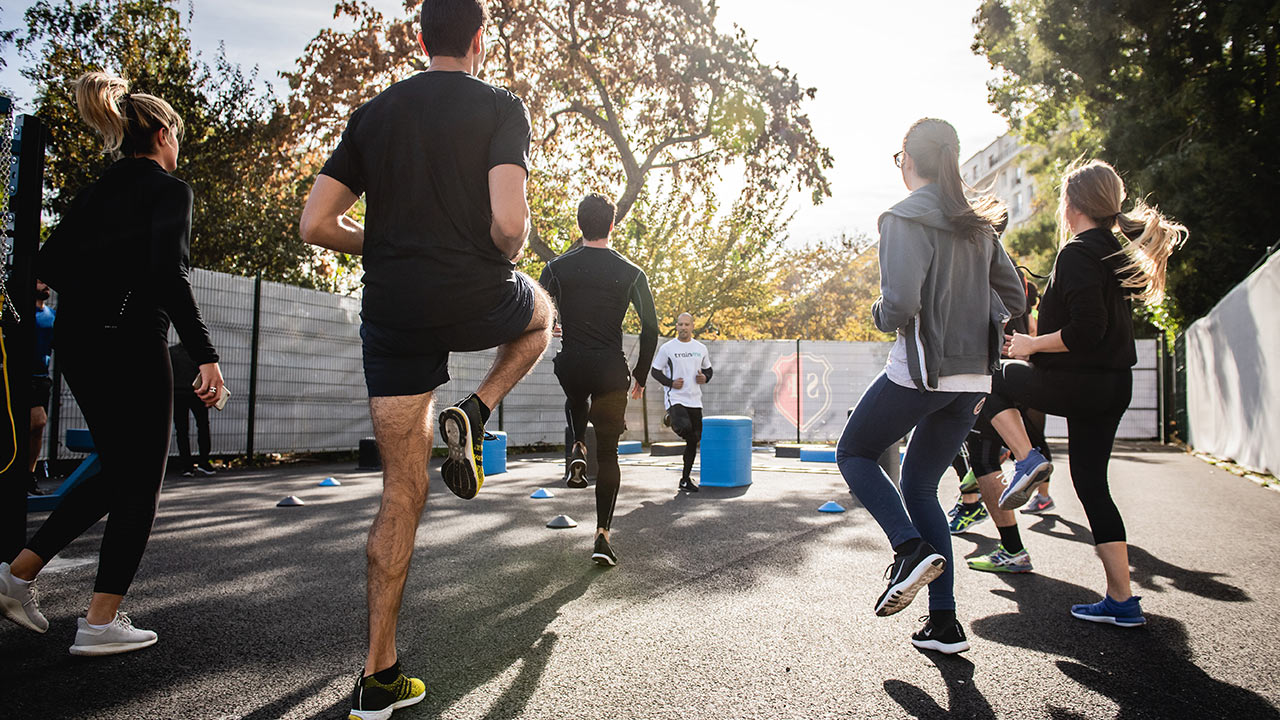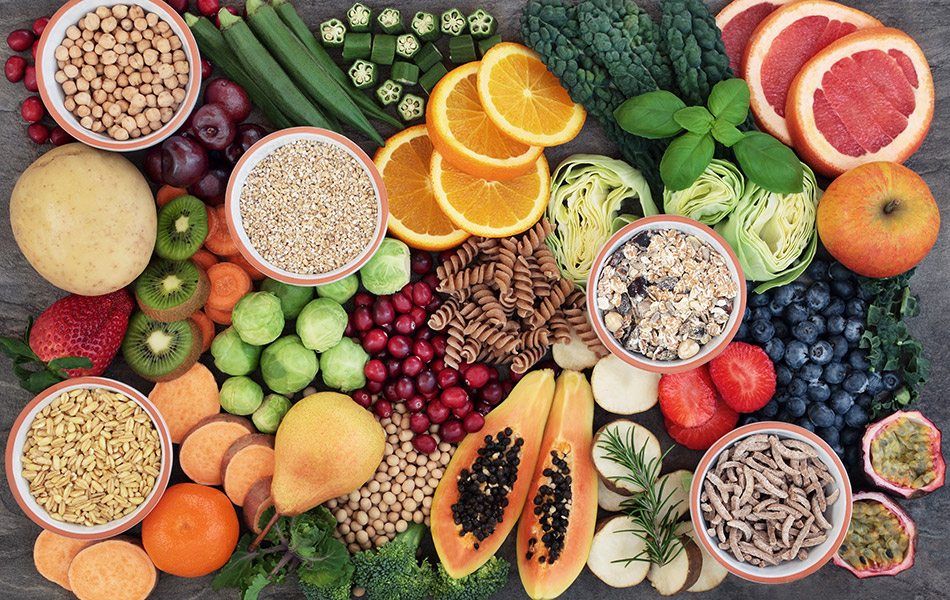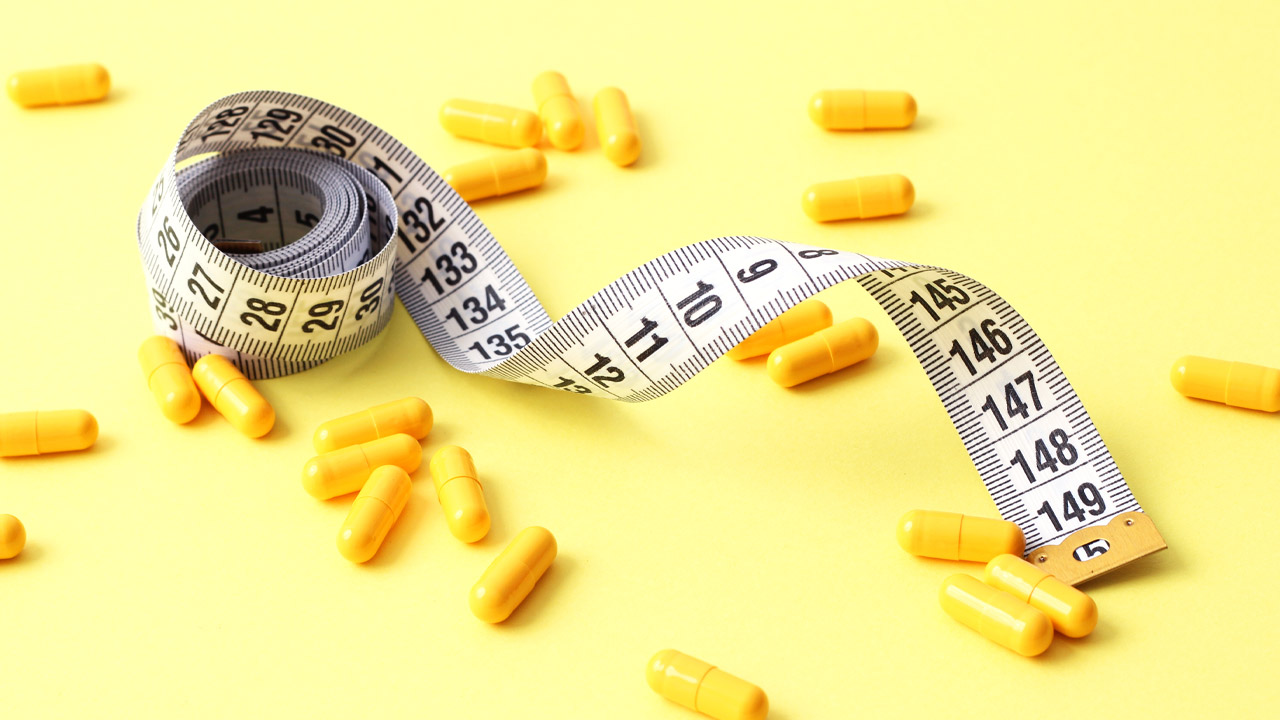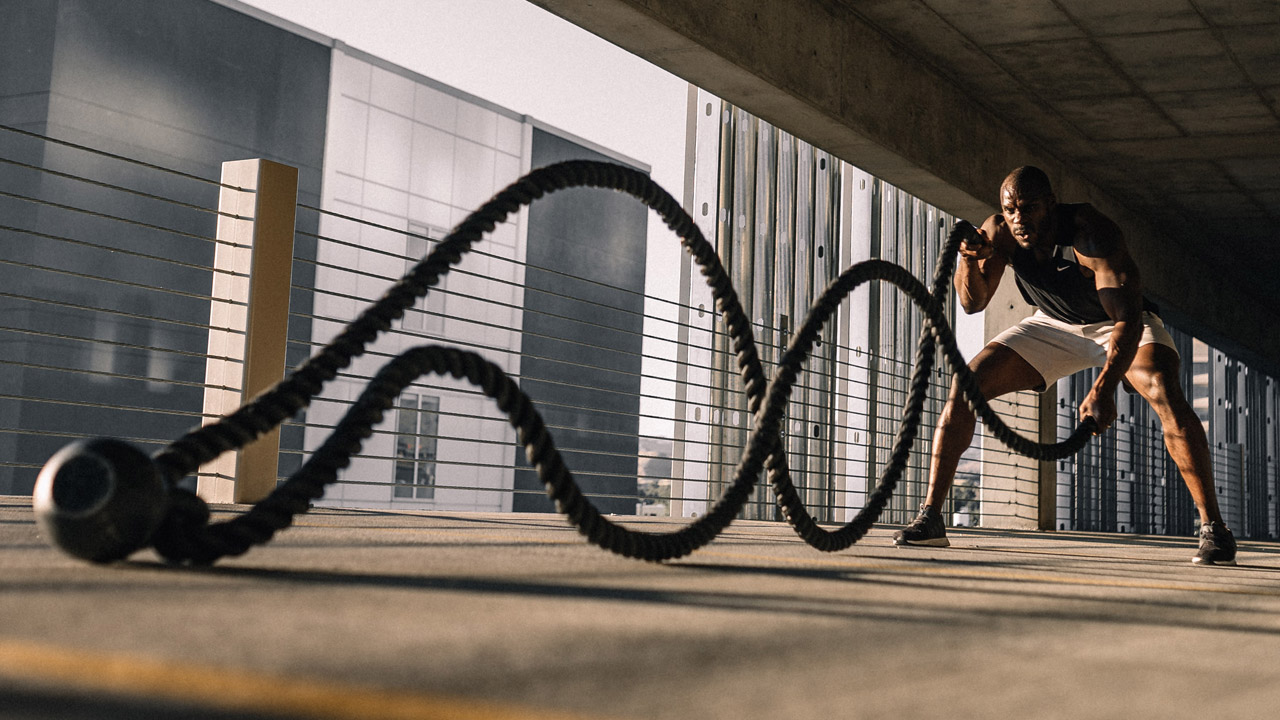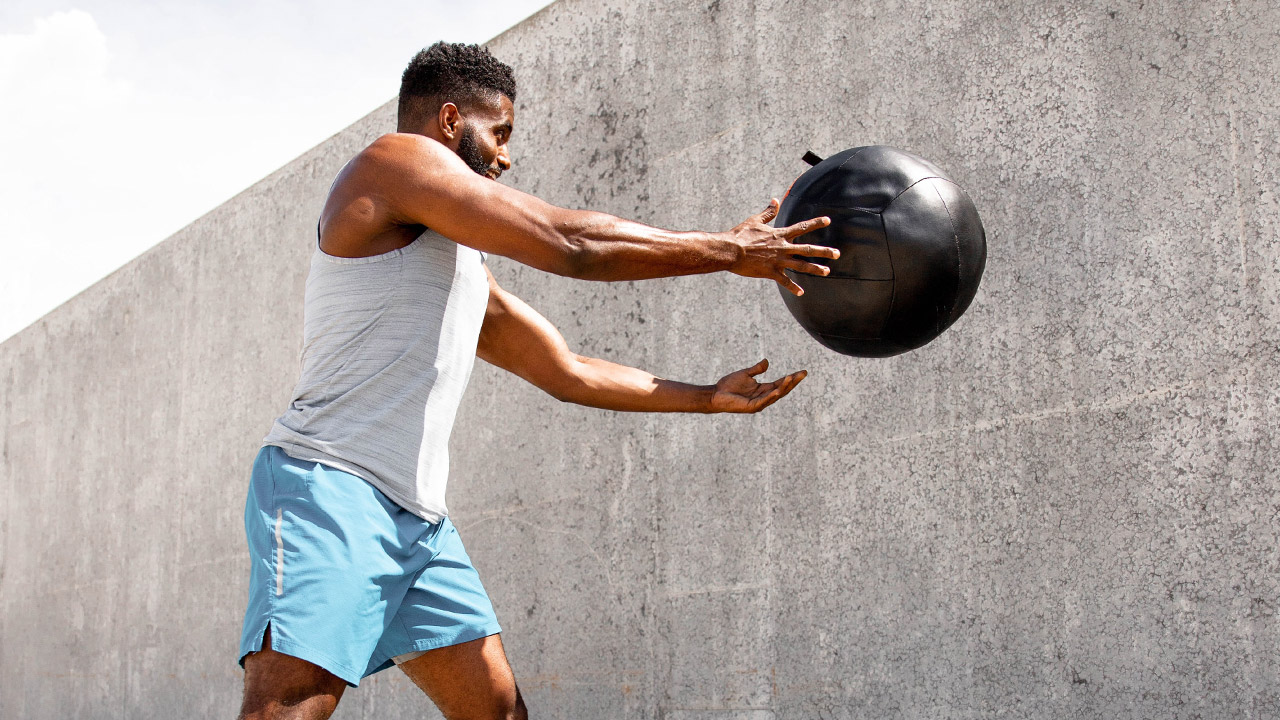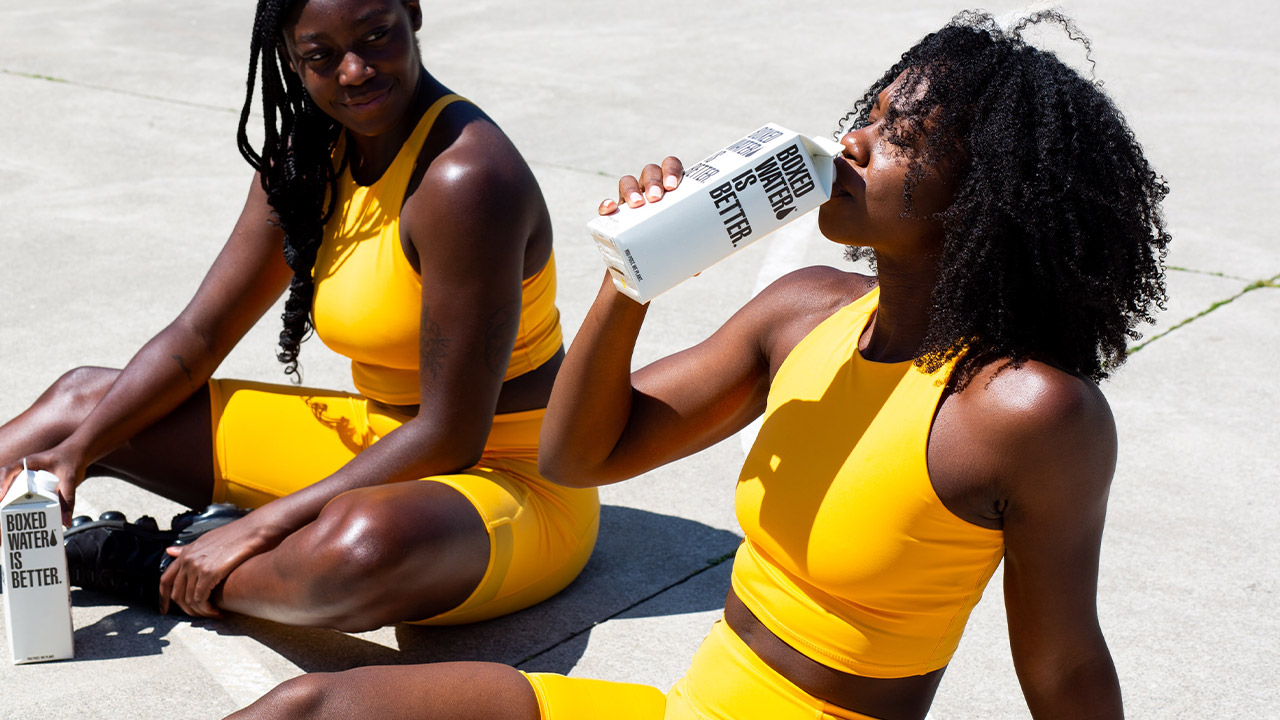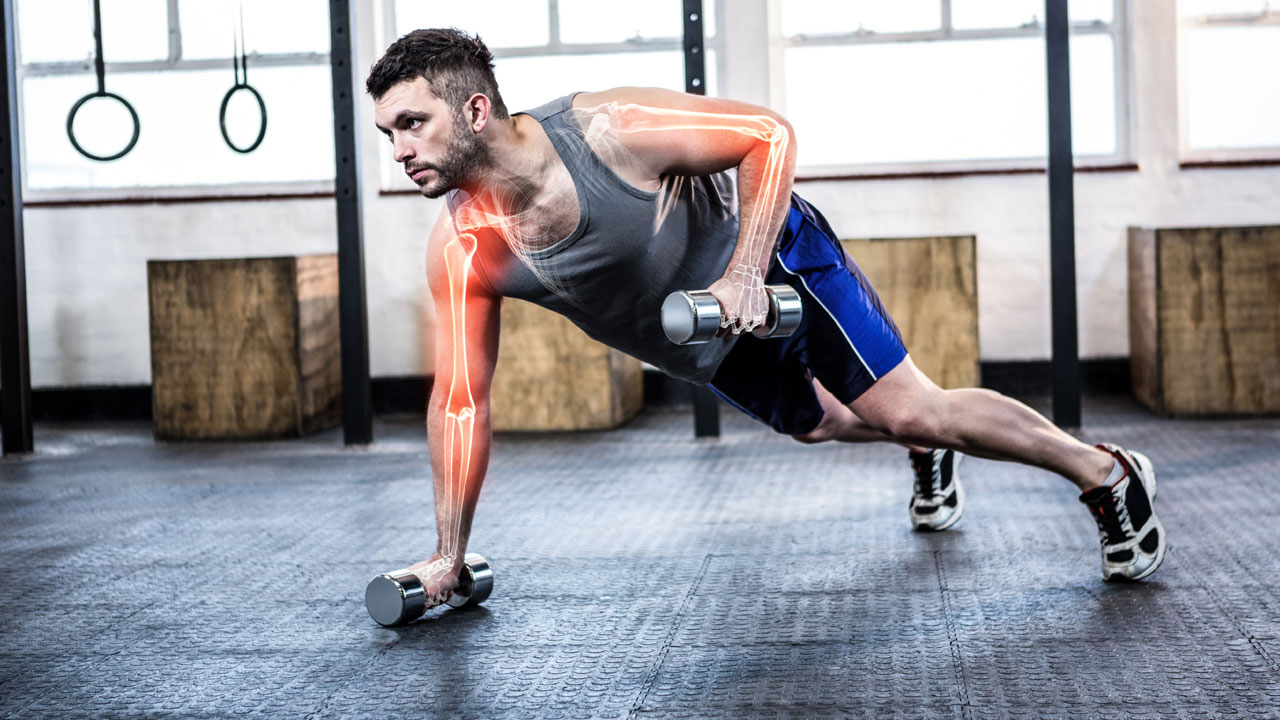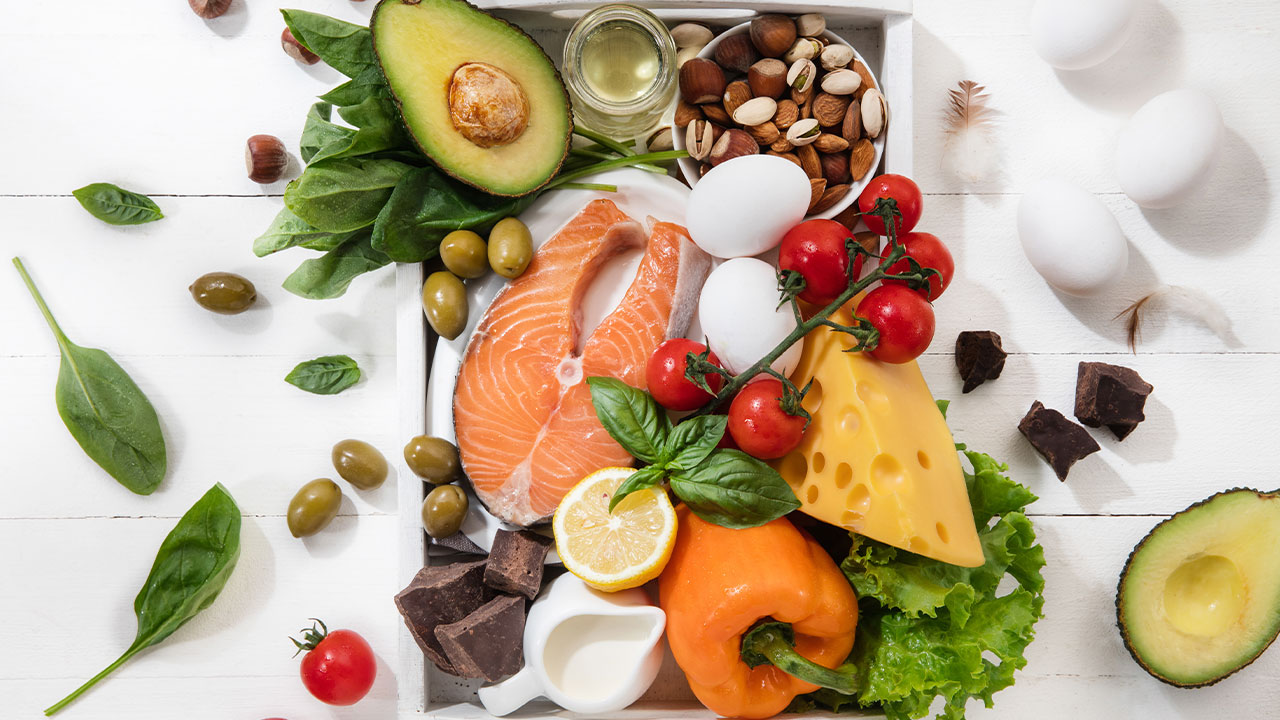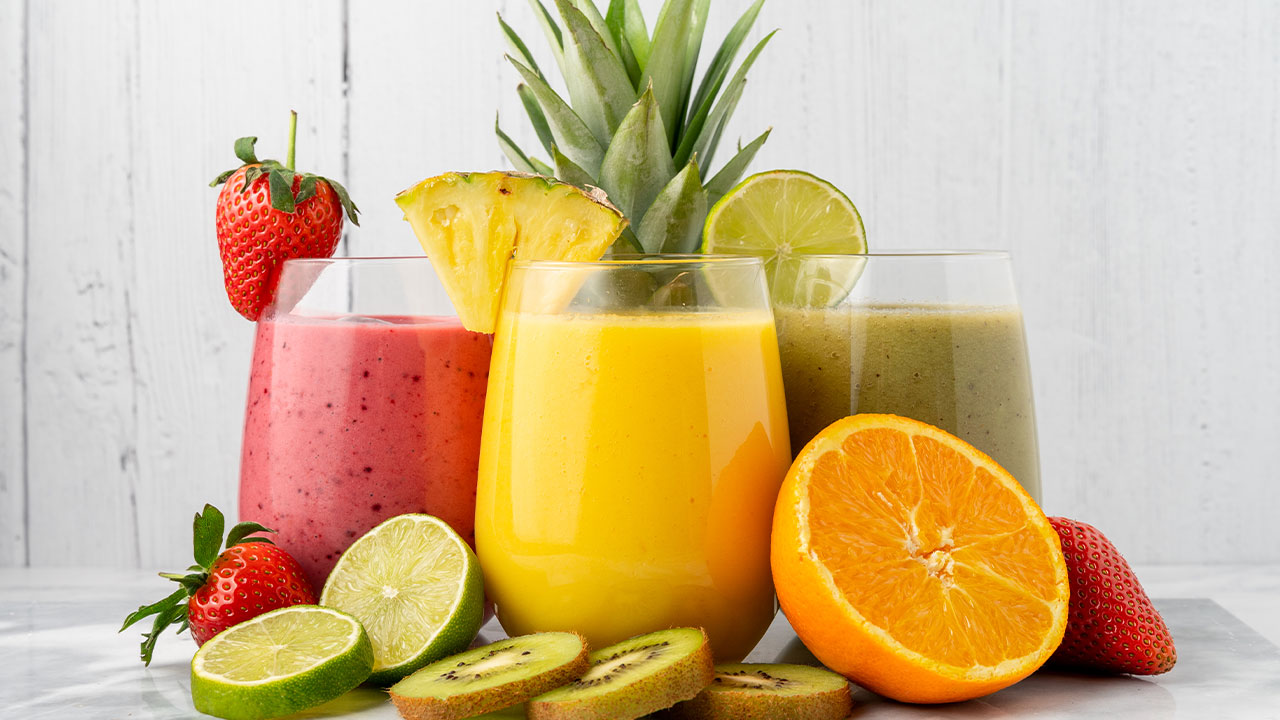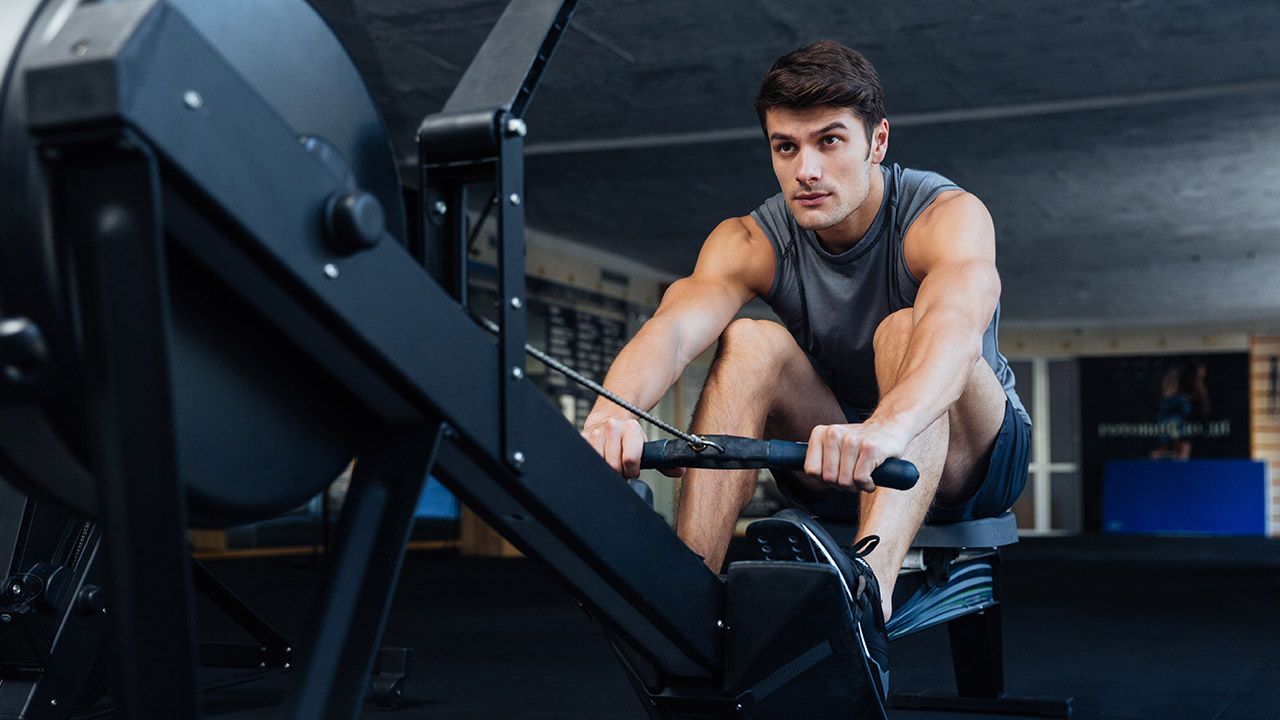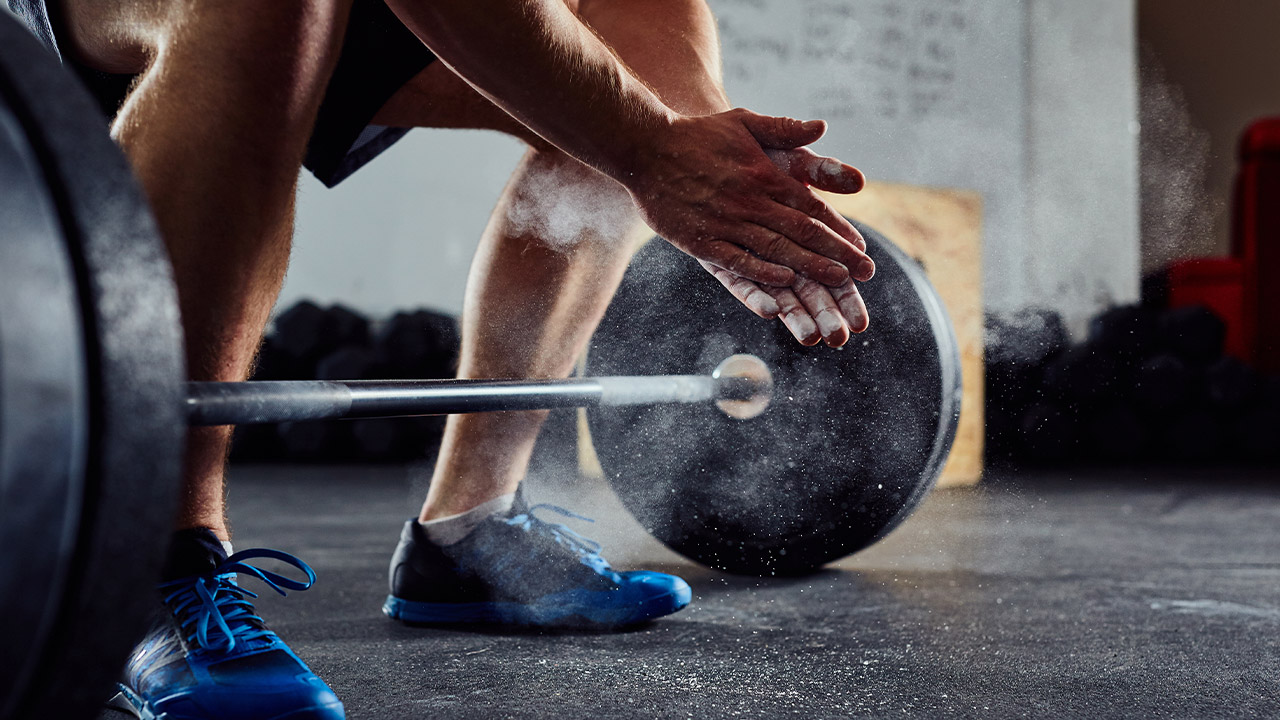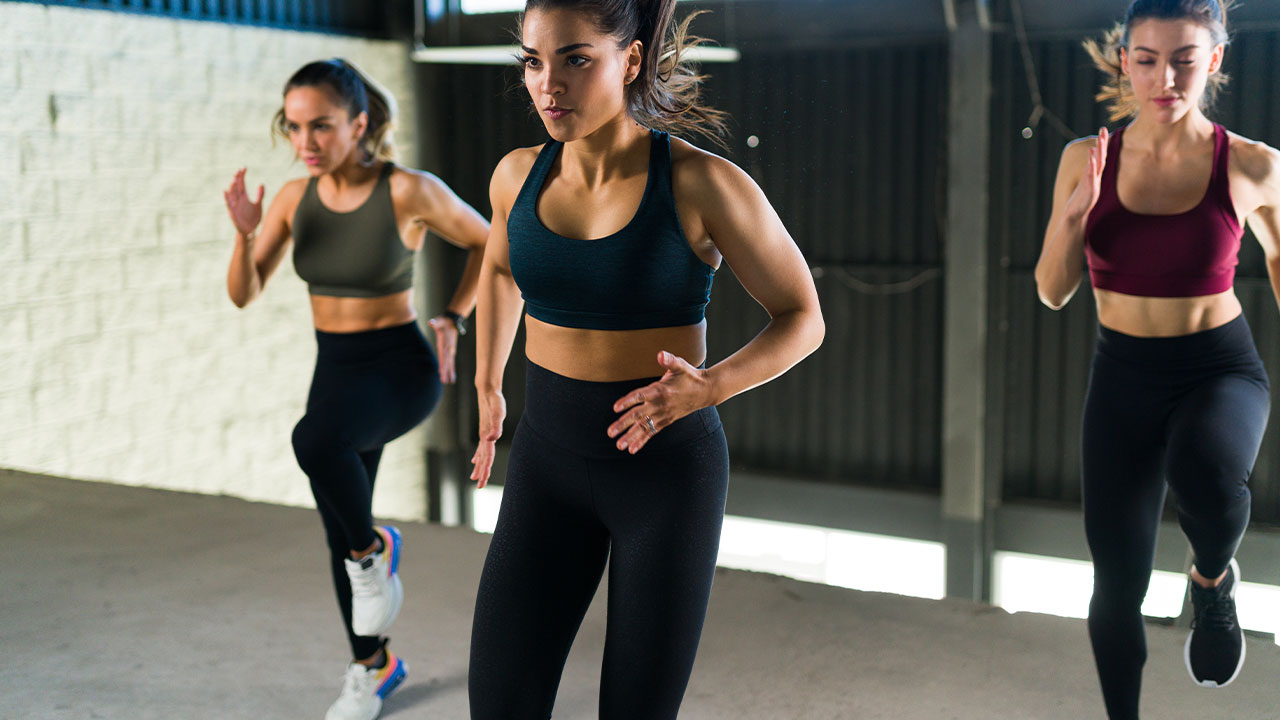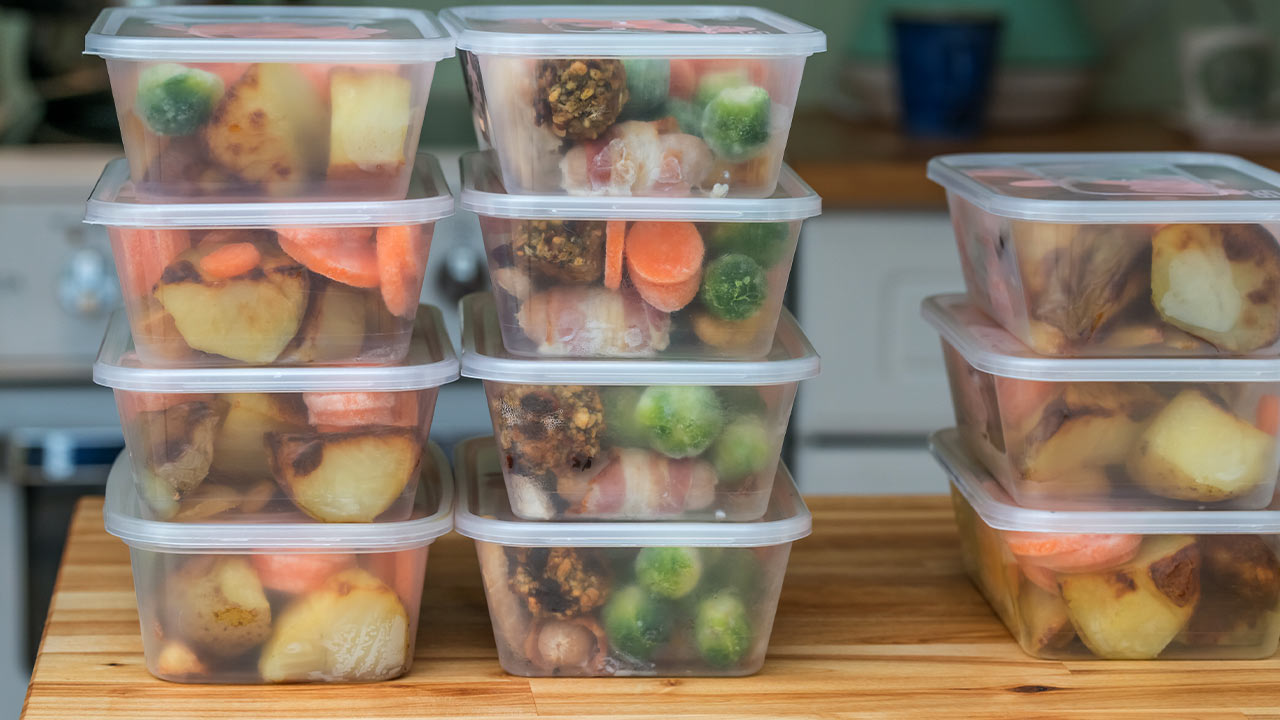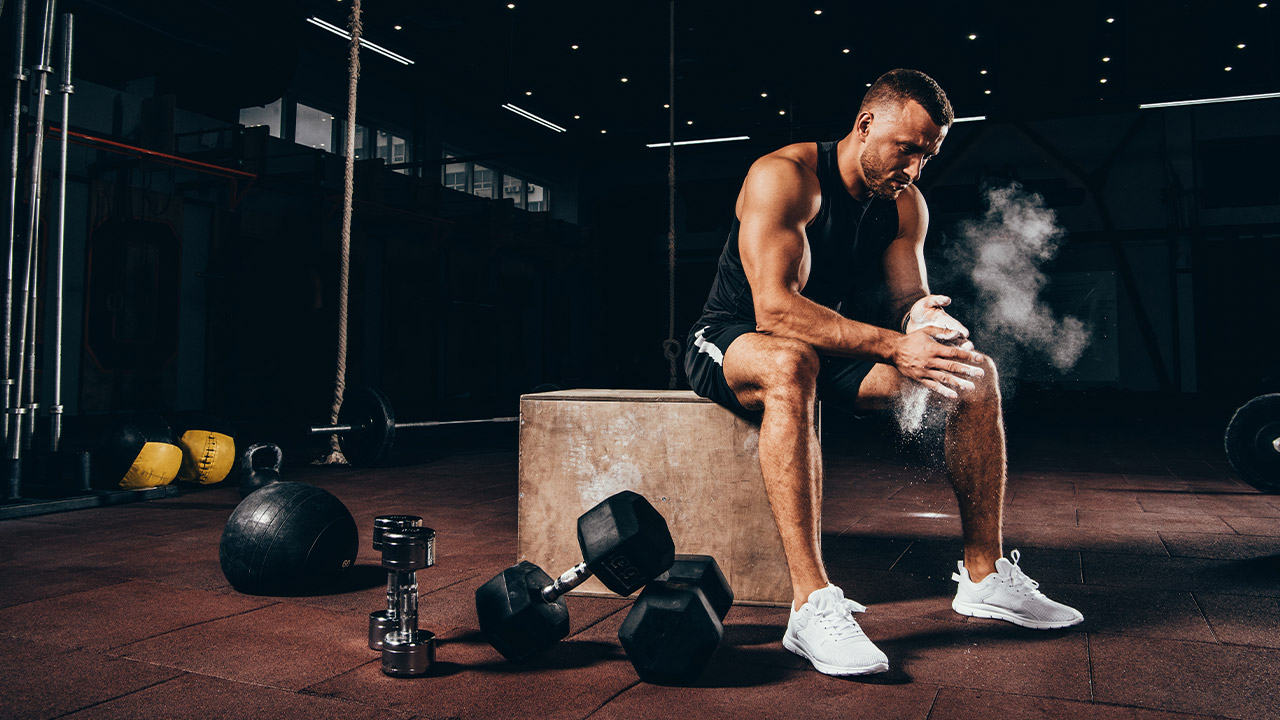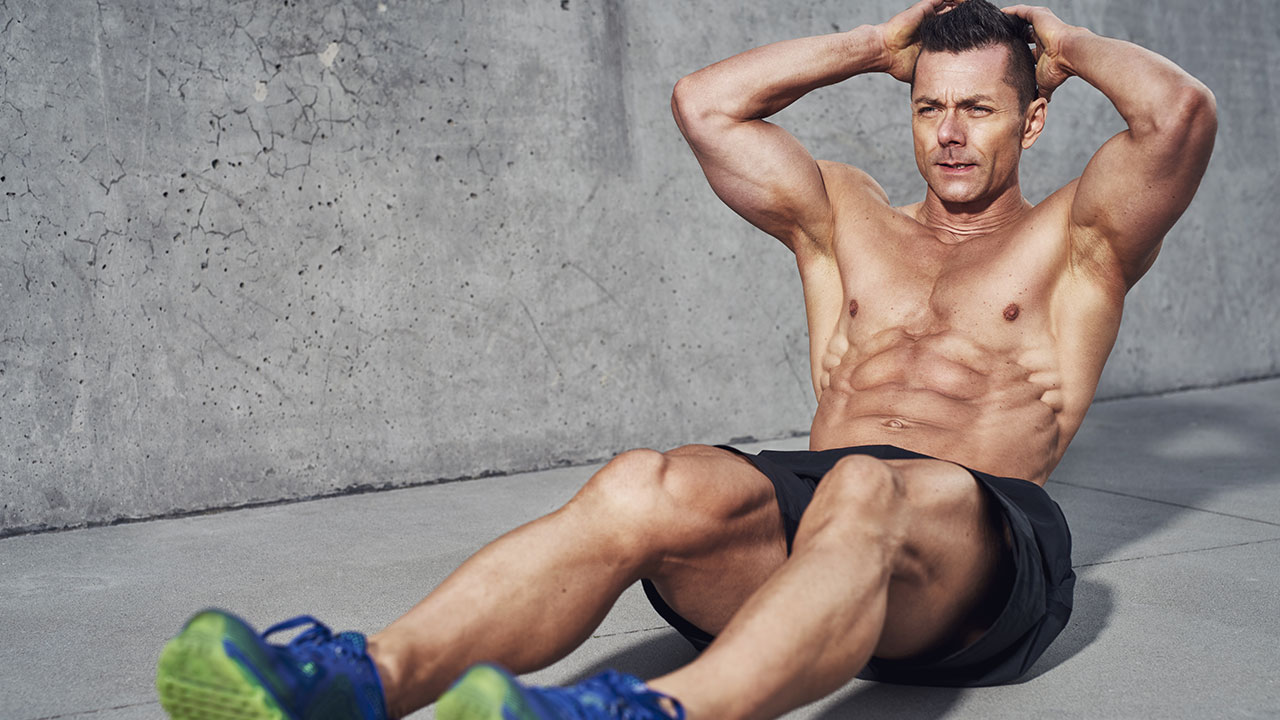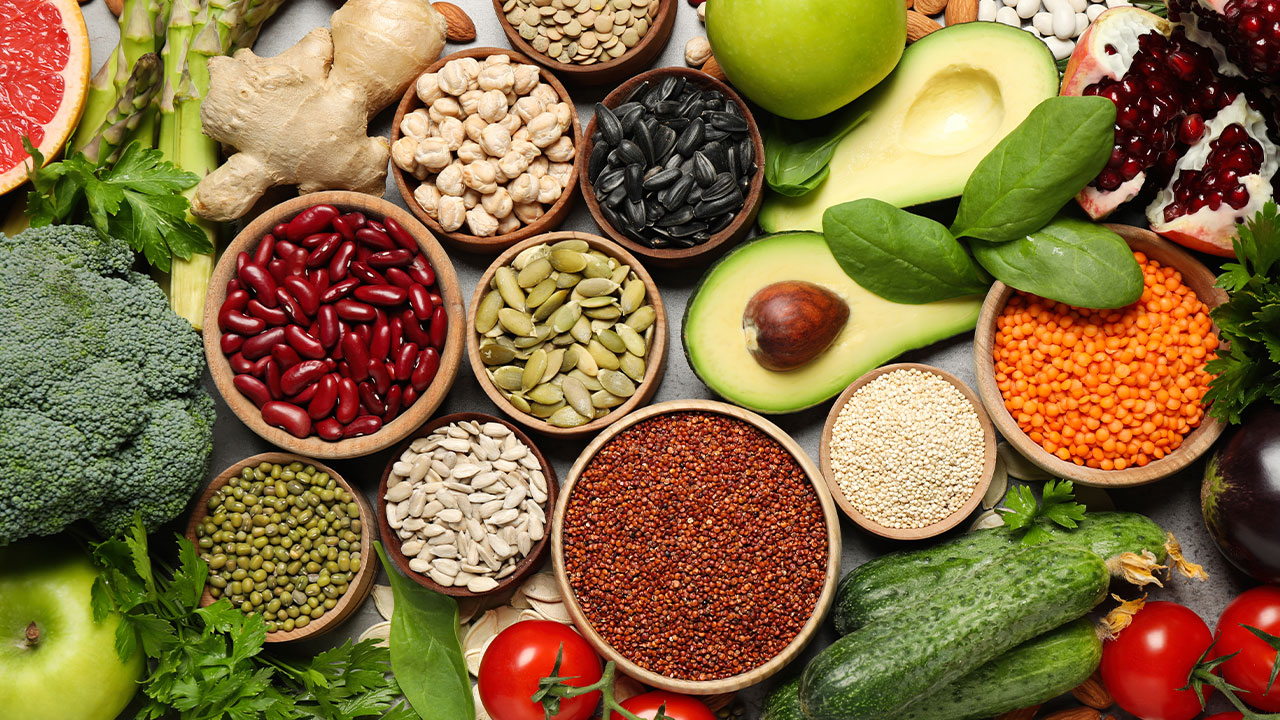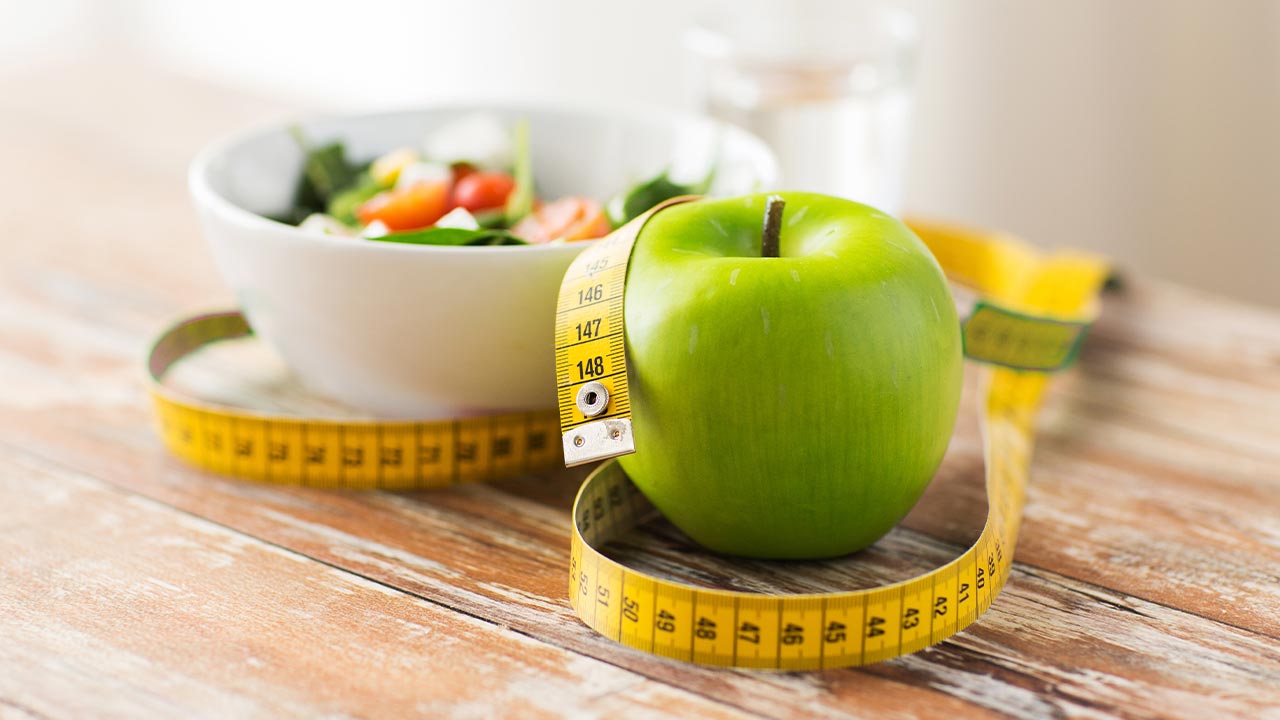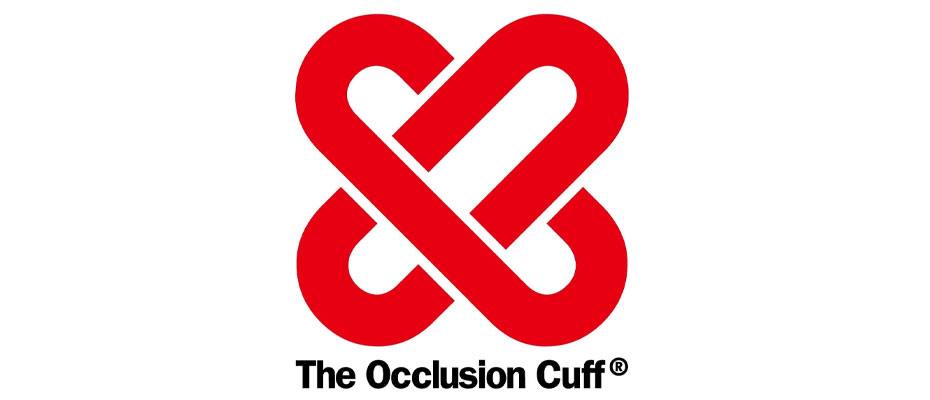Saunas vs HIIT: Which is Better For Your Heart?

Hey Angels and Alphas,
Do you know which exercise is better for your heart and cardiovascular system: saunas or HIIT? If you’re not familiar with either of these, HIIT stands for high-intensity interval training, while sauna refers to steam rooms where individuals sweat in super-heated, humid air. Both of these practices are popular in the healthcare world as forms of physical therapy for various conditions and diseases, but if you’re wondering which one is better for your heart and general health, read on to learn more about what each offers in terms of benefits to the body.
The Benefits of Saunas
A sauna has been shown to lower the risk of cardiovascular disease and depression, and can help lower blood pressure. Saunas also help increase the production of nitric oxide, which helps regulate blood flow. A recent study found that a session in a sauna led to improved endurance performance when compared to interval training. Saunas also have calming effects on the body and mind as they promote relaxation by lowering levels of stress hormones and increasing growth hormone levels, which helps with muscle repair. The heat from the sauna increases blood circulation by dilating blood vessels near the surface of your skin. This causes your heart to work harder so it pumps more oxygenated blood throughout your body during a session in a sauna.
The Benefits of HIIT
HIIT workouts are beneficial because they’re very time efficient. The average workout duration is 15 minutes, which is perfect if you’re strapped for time. Plus, because of the intense bursts of activity and recovery periods, they keep your body burning calories long after you’ve finished. This type of training also boosts metabolism as well as physical and mental health. Contrary to popular belief, this type of training doesn’t require any extra equipment or space; all you need are a mat, a chair, and maybe some weights. It’s also one of the most effective ways to lose weight quickly – just an hour-long session can burn up to 600 calories!
Comparing Time
A new study from Finland has found that people who regularly sweat in a sauna are less likely to have heart problems than those who do high intensity workouts. Researchers studied 2,315 Finnish men over the course of 15 years. The researchers found that men who used the sauna once per week had a 44% lower risk of developing coronary artery disease or dying from it, compared to those who did not use the sauna at all.
The study also showed that men who used the sauna more than once per week had an even greater reduction in risk of coronary artery disease, at 66%. The researchers noted that other studies have found similar results.
Comparing Benefits
We all know that exercise is important to stay healthy and live longer, but not everyone has the time or the motivation to go to a gym. Luckily, there are many ways you can exercise without having to leave your home. For example, if you have a home sauna, you can use it in place of a regular workout at the gym. Saunas may not be as intense as high-intensity interval training (HIIT), but they’re just as effective at improving cardiovascular health and reducing stress. In fact, one study found that after a month of using their sauna three times per week, participants had fewer symptoms of depression and were less stressed than before.
Comparing Difficulty
Research has shown that saunas may be more beneficial to the circulatory system than high-intensity interval training. Not only does this type of work out raise the heart rate and release endorphins, but it also reduces inflammation and oxidative stress. There are some drawbacks – you need to spend more time in a sauna session in order to get the same benefits, and you’ll have to make sure you stay hydrated while working out. Overall, though, the benefits of sauna workouts can outweigh these negatives.

